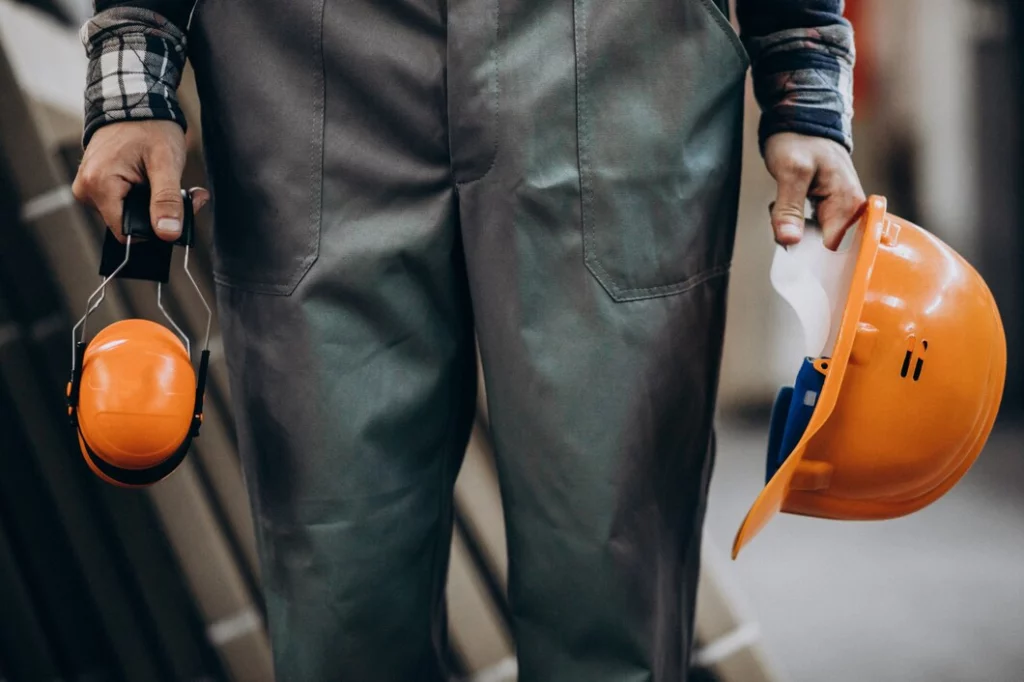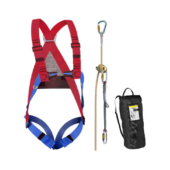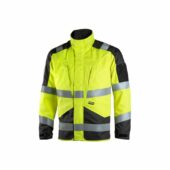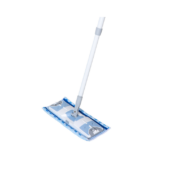When it comes to working in cold weather, choosing the right clothing is critical to ensuring comfort, safety, and efficiency. This guide will not only explain the key differences between normal pants and winter work pants, but also help you identify the best option for your needs. Drawing from our expertise in cold-weather workwear, we’ll make sure you’re equipped with practical, actionable advice. Plus, by the end of this article, you’ll also find solutions for the next step: completing your winter workwear ensemble effectively. Start with our guide to choosing work pants for winter to set the foundation.
Normal Pants vs Winter Work Pants: A Quick Overview
| Feature | Normal Pants | Winter Work Pants |
| Material | Cotton, polyester blends | Insulated, thermal fabrics, water-resistant layers |
| Weather Resistance | Minimal | High: Water-resistant, windproof |
| Comfort in Cold | Poor | Excellent: Retain warmth |
| Durability for Tasks | General wear | Heavy-duty, reinforced for work conditions |
| Price | Lower | Higher, but offers better functionality |
Material and Insulation
Normal pants are typically made from standard materials like cotton or lightweight polyester. While these are suitable for everyday wear, they lack the insulation and durability needed for cold-weather environments. In contrast, winter work pants, often called thermal work pants or insulated work pants, are designed with advanced materials such as fleece linings, water-resistant coatings, and windproof layers. These features help retain body heat while blocking out cold air.
For example, in forestry work during winter, normal pants are not designed to provide the warmth or protection needed for wet conditions, whereas winter work pants ensure consistent comfort and efficiency by keeping you dry and warm. Similarly, construction workers in subzero temperatures benefit from winter work pants that combine insulation with rugged durability, allowing them to stay focused on their tasks.
If you’re in the market for high-quality options, visit our Winter Work Pants category.
Protection Against Cold Weather

Working in cold conditions calls for gear that ensures both safety and comfort. Winter work pants shine by maintaining warmth and comfort, providing reliable protection in freezing temperatures to help you perform your best in challenging environments. Winter work pants are designed to help maintain your body’s warmth and comfort, ensuring you stay protected and efficient even in freezing conditions.
Winter work pants excel here by offering:
- Thermal insulation that traps heat.
- Moisture resistance to keep you dry in snow or rain.
- Reinforced seams and materials to handle rugged tasks in low temperatures.
For example, fleece-lined pants are excellent for outdoor work, while pants with waterproof layers are essential in wet conditions. Learn more about the importance of specialized gear from this informative article.
Durability and Functionality
Normal pants are designed for casual use and typically lack the reinforcements needed for demanding tasks. Normal pants are not designed with the enhanced durability and functionality of winter work pants, which are built to withstand heavy-duty tasks and provide ample support for tool storage.
In contrast, winter work pants are purpose-built for challenging environments. Key features include:
- Reinforced knees and pockets for durability.
- Adjustable fits to accommodate layering.
- Integrated safety features, such as reflective strips for visibility in low-light conditions.
Consider scenarios like roadside maintenance in winter, where visibility and durability are critical. Winter work pants provide essential features to ensure safety and productivity.
Pairing winter work pants with other protective gear, like winter work gloves or winter safety shoes, ensures you’re fully equipped for the job.
Cost Efficiency and Long-Term Value
While normal pants are often more affordable, they may cost you more in the long run. Winter work pants offer exceptional durability and reliable weather protection, making them a long-term investment for challenging environments. Winter work pants, on the other hand, offer greater longevity and specialized features that justify their higher price point.
For those interested in maximizing value, check out our buying guides for winter workwear to make informed decisions.
Style and Fit Considerations
Normal pants usually come in standard fits with minimal adjustability, while winter work pants excel in providing flexibility and comfort, making them ideal for layering during colder months. Winter work pants often feature adjustable waistbands and articulated knees, providing flexibility for added layers while maintaining mobility.
Looking for the right fit? Read our guide to winter safety shoes for complementary insights on sizing and comfort.
Maintenance Tips for Winter Work Pants
To extend the lifespan of your winter work pants:
- Follow washing instructions: Use gentle cycles and avoid harsh detergents.
- Reapply water-resistant coatings: Use sprays to maintain waterproofing over time.
- Store properly: Keep pants in a dry area to prevent mildew or damage.
Conclusion
Choosing the right winter workwear can make all the difference in comfort, safety, and productivity. We hope this guide has provided you with the insights needed to understand why investing in winter work pants is essential for tackling cold-weather challenges effectively. Whether you’re preparing for construction work or outdoor maintenance, our curated selection of winter work pants offers reliable solutions tailored to your needs.
Looking for more guidance? Explore our related articles for comprehensive advice:
- How To Choose Work Jackets For Winter
- Guide to Work Overalls for Winter
- Choosing Work Gloves for Cold Weather
Still have questions or need help finding the perfect winter workwear? Reach out to us—we’re here to ensure your safety and confidence in every purchase. Equip yourself today and face winter work with unparalleled confidence!
Frequently Asked Questions
Mostly designed for outdoor or cold settings, they can be suitable indoors if temperatures are low. Many have breathable linings to handle transitions from outside to inside.
Yes. While they may be heavier than specialized activewear, they offer insulation and water resistance suitable for many outdoor activities.
A moisture-wicking layer (e.g., merino wool or synthetic blends) is ideal to retain warmth and reduce sweat buildup.
Follow care labels, wash parts separately, use mild detergents, a gentle cycle, and low heat or air drying to preserve insulation.
Water-resistant pants repel light moisture, while waterproof pants handle heavier or prolonged wet conditions. Choose based on typical exposure.

















